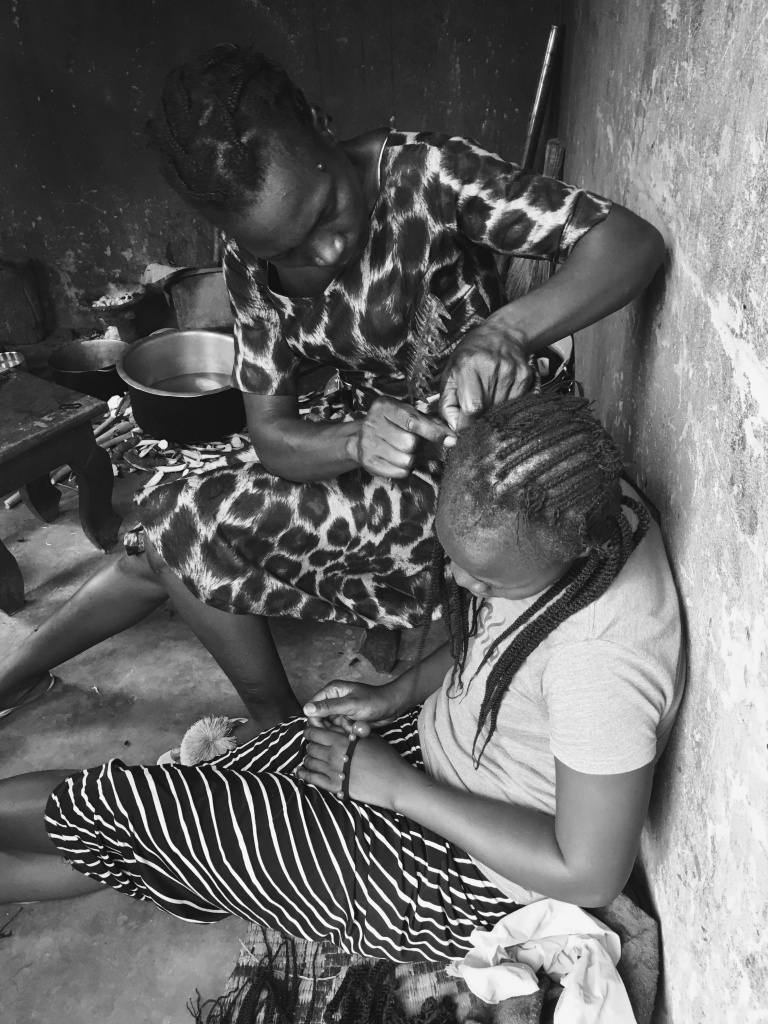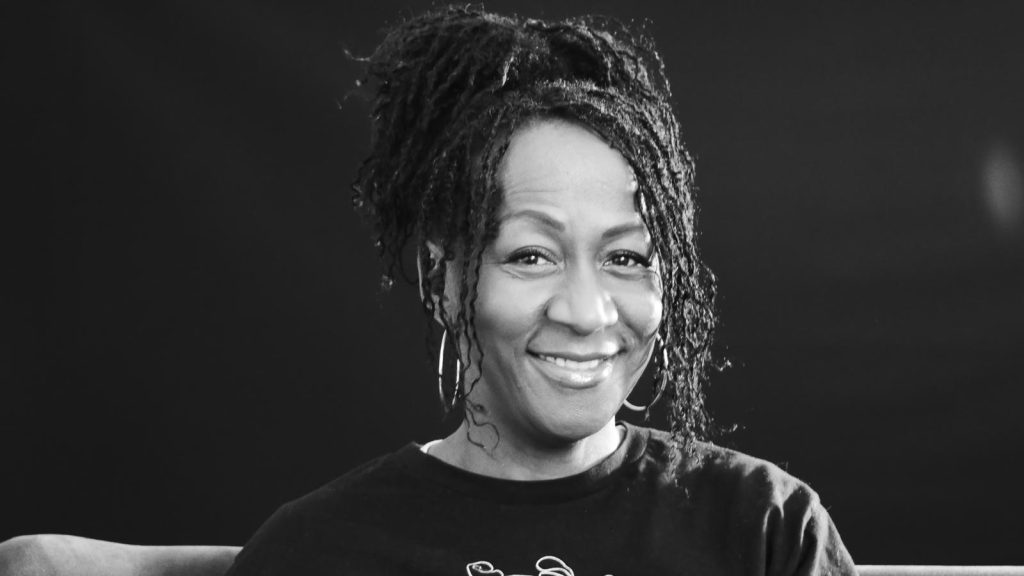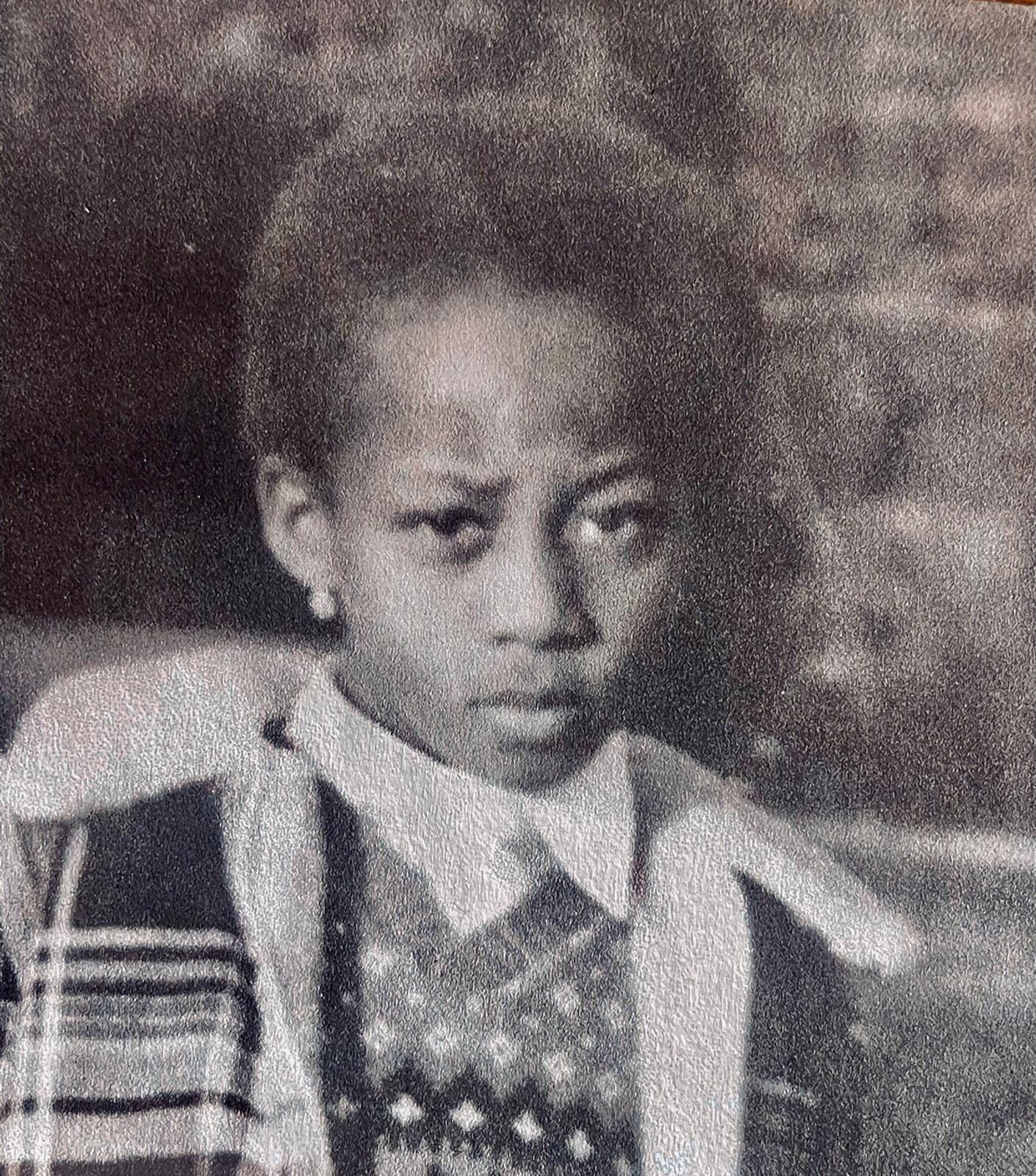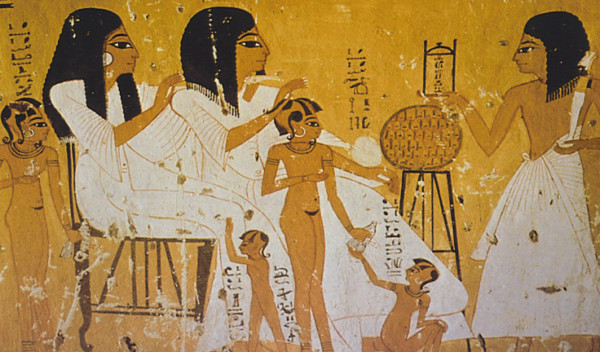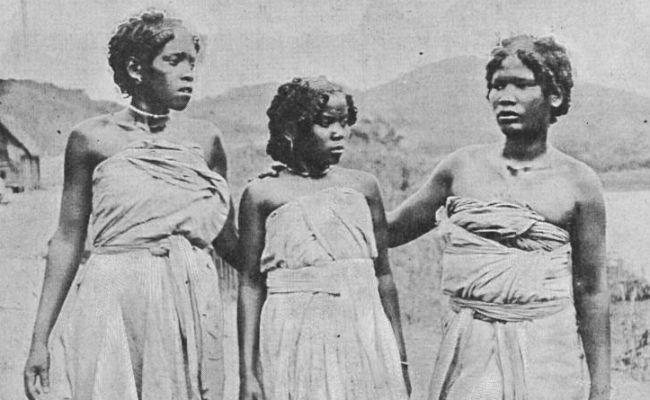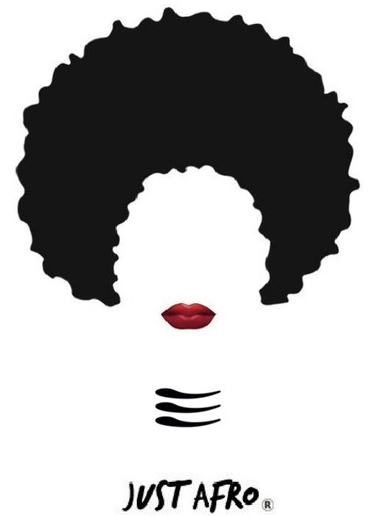Hair has always been a profound symbol of identity in Black culture. In pre-colonial African societies, intricate hairstyles conveyed social status, tribal affiliation, spirituality, and personal expression. Braiding patterns, for example, could signify a person’s lineage, marital status, or even readiness for war. Hair was considered sacred, often styled in communal settings that strengthened bonds within families and communities.
The transatlantic slave trade disrupted these traditions, as enslaved Africans were often forced to shave their heads upon capture—an act of cultural erasure and dehumanization. Over centuries, Eurocentric beauty ideals imposed further restrictions, pushing Black individuals to chemically alter or conceal their natural hair to assimilate into Western societies.
However, resistance and reclamation have always been part of Black hair history. Movements such as the 1960s Black Power era saw the resurgence of natural hairstyles like the Afro, symbolizing pride and resistance against oppression. Today, the natural hair movement continues to challenge outdated norms, celebrating the beauty and versatility of Black hair in all its forms.
Guylaine Conquet’s art is a continuation of this legacy—a vibrant call to honor Black hair’s history, embrace its beauty, and fight for the right to wear it freely without discrimination. Through art and activism, she proves that hair is far more than just an aesthetic choice; it is an emblem of identity, culture, and liberation.
“Art has the power to inspire social change.”
